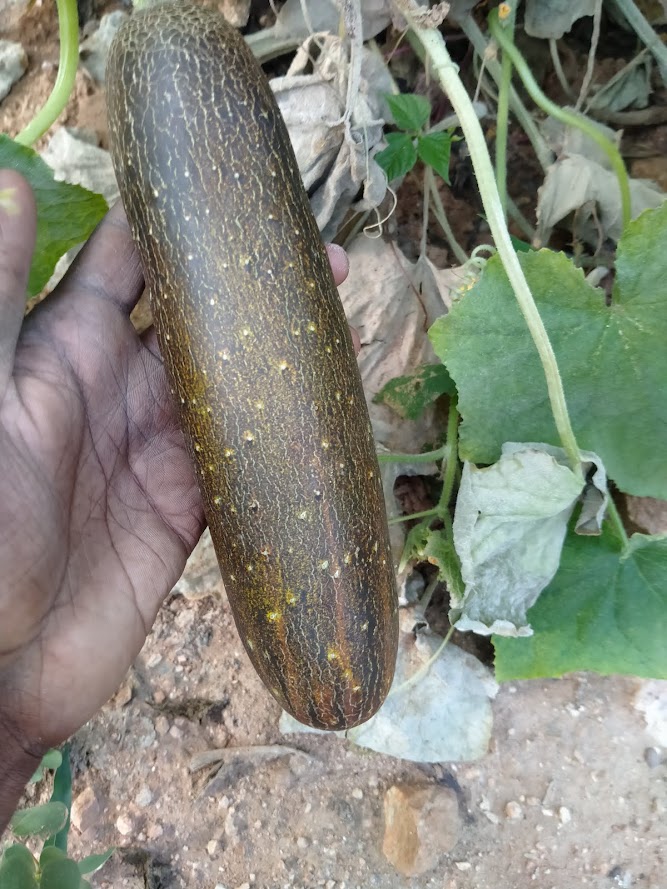The most prominent plant growth promoter and support is Panchagavya or panchakavyam which literally means a 'concoction made of five products obtained from a cow'. The ingredients are Cow dung, Cow urine, Cow's milk, Curd and Ghee. These were mixed in correct combination and procedure and the mixture was fermented to get the wonder Elixir. This was a single solution for controlling the pests and boosting the plant growth and enhancing the yield, enriching the soil with useful minerals and useful microbes.
Preparation of Panchagavya:
We can now see how this is made:
The following items are required:
1. Fresh Cow dung - 1kg
2). Cow urine- 1.5 liter
3). Cow milk-1.5 liter
4). Cow curd- 250 Ml
5). Ghee – 250 gm
6). Ripe yellow bananas (Poovan) – 2 nos
7) Water - 1.5 liters
Procedure:
* Mix Cow dung and Ghee well and keep it covered in a wide mouthed plastic, cement or earthen container.( Avoid metal containers as this may react with metals.) Stir the contents thoroughly both in morning and evening and keep it covered with a fine mesh or cloth for 3 days. If not covered, the flies will lay eggs and we will have maggots in the preparation.
* After 3 days, mix cow urine and water and keep it covered for 15 days with regular mixing both in morning and evening.
* After 15 days add Cow's milk, Cow's curd and Bananas, mix well and keep it covered for another 15 days.
* Do regular stirring daily, both in morning and evening and keep covered.
Panchagavya will be ready to use by then.
Dosage and frequency of usage
10 Ml concentrate can be mixed in 1 liter water and filtered and used for foliar spray for plants from 4 leaf stage up to mature plants, once a week 20 –30 ml Ml in 1 ltr water (3% solution) can be used for soil drench. This concentrate can be stored upto 6 months.
Improvement on the formula:
This concoction had been modified and bettered by many experts and now they have incorporated a few more ingredients. So while adding Banana, the following two can also be added
Tender coconut water – 500 Ml
Jaggery - 3 kg ----- 500 gm
Balance is all the same. Some farmers add more items like sugar cane juice, fruit juices and toddy to introduce yeast for better fermentation. These inclusions will add to additional nutritional values for the preparation
Chemical composition
pH : 5.45
EC dSm2 : 10.22
Total N (ppm) : 229
Total P (ppm) : 209
Total K (ppm) : 232
Sodium : 90
Calcium : 25
IAA (ppm) : 8.5
GA (ppm : 3.5
Microbial Load
Fungi : 38800/ml
Bacteria : 1880000/ml
Lactobacillus : 2260000/ml
Total anaerobes: 10000/ml
Acid formers : 360/ml
Methanogen : 250/ml
Fatty acids Alkanes Alconol and Alcohols
























